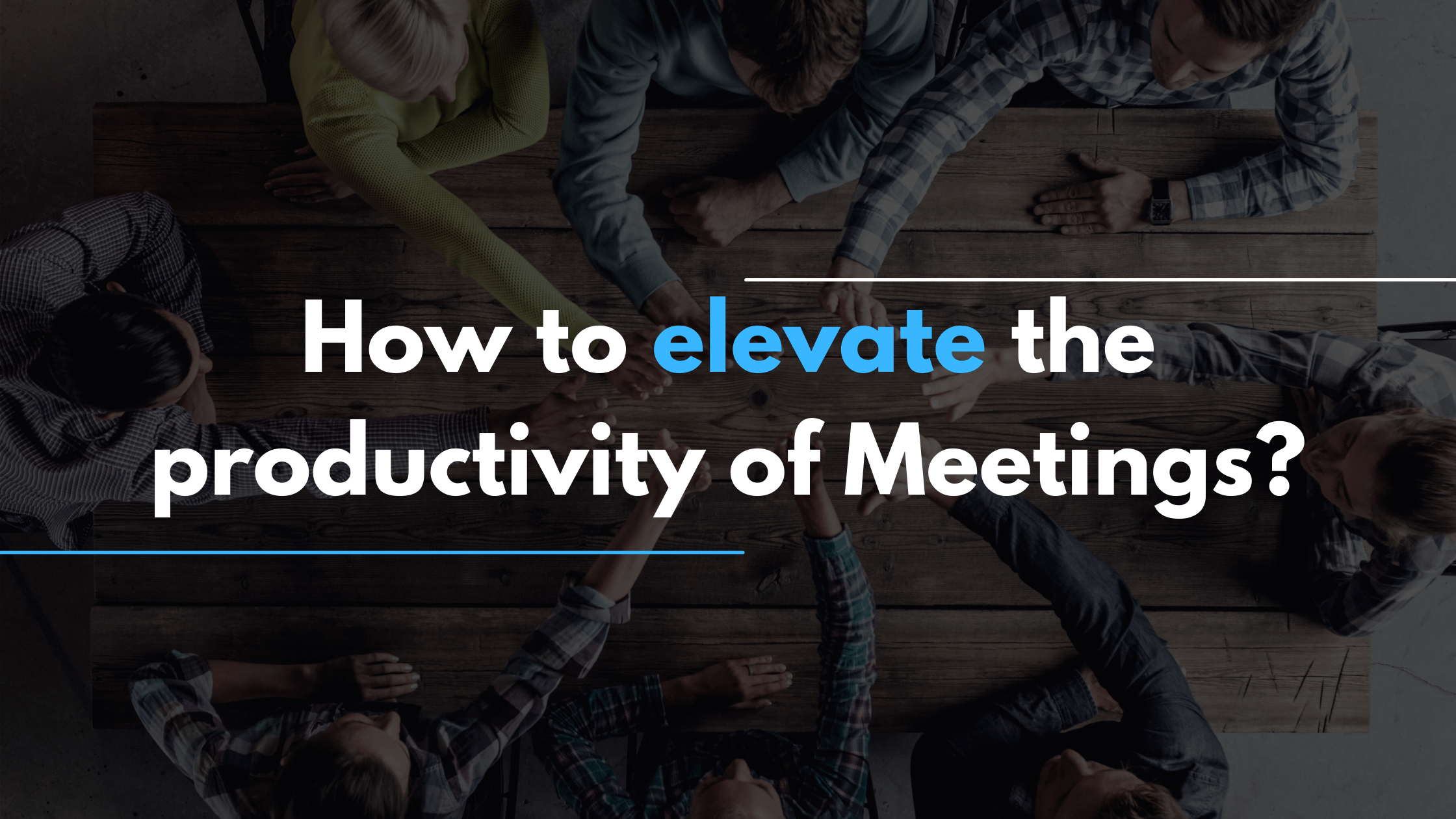Related Posts
Simplify Data Engineering with Serverless Platforms
Ever felt like data engineering is navigating a maze of complexities?... read more
The evolution of data in the insurance industry
The insurance industry has always relied on historical data to assess... read more
How AI Banking will Shape the Future of Financial Services
Digital banking has completely changed the way people interact with financial... read more
How Voice AI is improving safety in the transportation industry: Case-Studies and Insights
1. Driver Distraction Prevention: Voice AI systems can help reduce the risk... read more
Data Quality Matters: A LinkedIn Discussion on Best Practices ?
Let's dive into the heart of data engineering: Data Quality! In our... read more
6 Essential Machine Learning Algorithms Every Data Scientist Should Know
As the field of data science continues to evolve, mastering essential... read more
Empathetic Buying: The Differentiator
“The need for empathy towards the buyer is huge. It’s a differentiator…” -Doug... read more
NoSql Databases – Document Stores
In the last article, we analyzed the concept of key-value stores. Moving... read more
How do you define ‘Done’?
How do you define ‘Done’? The definition of when to say something... read more


Any meeting has three types of participants, those who talk, those who listen, and those who don’t do anything.
Ideally, any meeting should have only two persons in it.
Every extra person present is a loss of productivity.
Though a lot has been written about conducting meetings efficiently, it becomes difficult to practice, particularly when all the participants are not in one room.
For the last so many years, we have been working remotely with customers, and here are a few guidelines that we follow to save time, effort, and money.
· The organizer should clearly define the objective of the meeting.
· Identify and invite only those who can effectively contribute towards the objective.
· Circulate enough information in advance, so as to minimize the collective time together.
Looking at the objectives, the attendees decide whether they can contribute meaningfully, or else decline the meeting. Check the available information and ask relevant questions ahead of time.
The meeting proceeds with minimum and relevant discussions. The points of discussions and the decisions taken are documented and circulated to all concerned, even to those who did not attend.
What has been your meeting experience during the lockdown?
#leadership #productivity #ceotalks